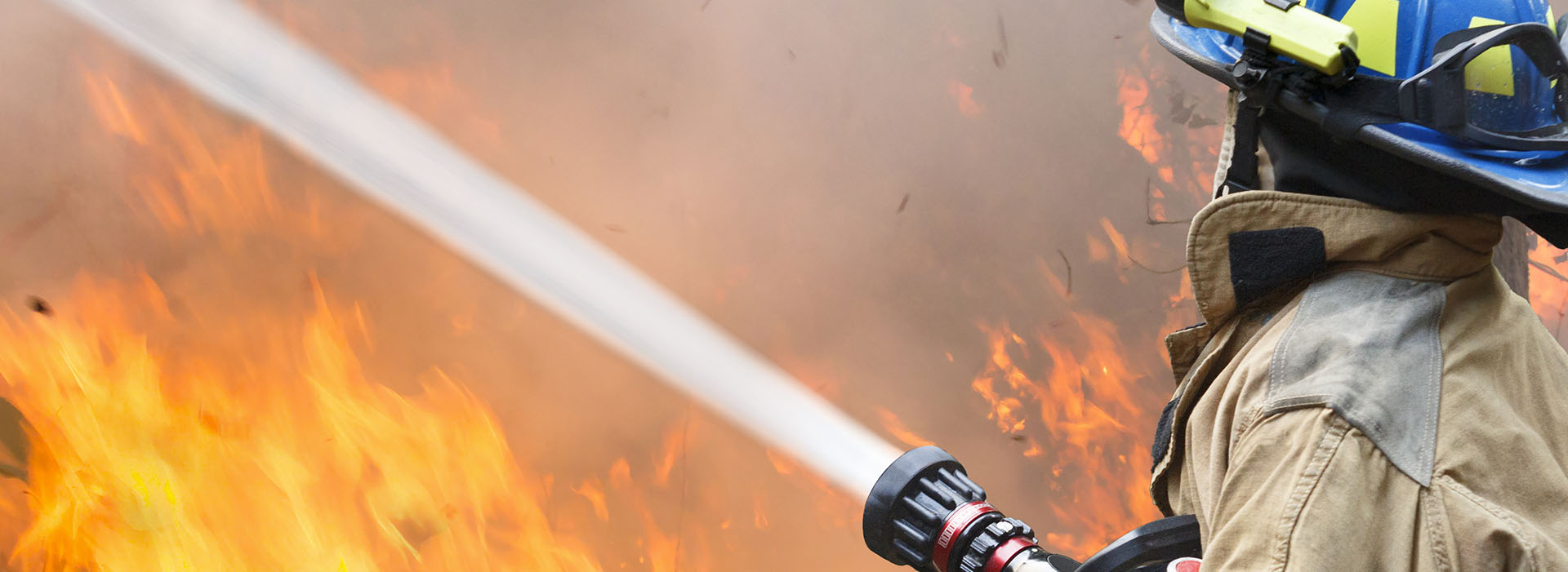
Fire Safety Management Audit
The Fire Safety Management Audit process involves an in-depth examination of an organisation’s fire safety management system(s) and associated arrangements. The audit focuses on the key aspects of managing fire safety within the workplace and offers a structured path for continual improvement towards best practice status.
Organisation’s within any sector (of any size) who
- require a status assessment of their current fire safety management systems against best practice
- require a structured route toward best practice status
- Provides a comprehensive outcome with detailed recommendations against a contemporary best practice specification.
- Developed in collaboration with fire safety experts and recognition of relevant standards
- External recognition of fire safety management to best practice standards.
- Demonstration to stakeholders and other interested parties (including regulatory bodies) of commitment toward fire safety management
- Structured route toward continual improvement and best practice standards
- Prestigious awards
Utilising extensive industry experience and acknowledging aspects of universally recognised management systems and fire safety standards, the British Safety Council has developed a fire safety management audit model that objectively evaluates preventive and protective fire safety management systems and arrangements against current best practice techniques. The audit model is reflective of the recognised PLAN – DO – CHECK – ACT management cycle.
The auditor will review all aspects of the organisation’s fire safety management system and supportive arrangements against the requirements of the British Safety Council’s Audit specification. The auditor will also assess the effectiveness of implementation of these arrangements through an inspection of relevant (agreed) site(s) and sampling of operational activities.
During the audit process, management, staff and other stakeholders will be interviewed (as agreed) to confidentially discuss aspects of fire safety management relevant to their roles and responsibilities.
A subsequent report is produced identifying the strengths and areas for continual improvement within the organisation’s health and safety management systems. The report also includes observations and recommendations, together with action planning, for consideration.
Audit Process Steps
- Review of fire safety management documentation
- Interview with management, staff and other stakeholders
- Site tour, inspection and operational sampling
- Inspection of automatic fire detection systems and planned maintenance regimes
- Assessment of occupancy levels, means of escape, access and egress arrangements for persons with specific needs during an evacuation event
- Internal performance measurement, monitoring and review arrangements
Fire Safety Audit process focuses on three sections (26 elements) which correspond to a maximum score of 5,000 as shown below:
- Fire Safety planning
- Application and operation
- Evaluation and review
The report content is as follows;
- Executive summary (graphical performance indicators included)
- Overall star grading and sectional scoring
- Observations
- Recommendations for improvement
- Action Planning Tables
British Safety Council consultants and auditors are appropriately qualified, highly experienced health and safety professionals who are subject to a robust internal quality assurance and appraisal process, in addition to the requirements of relevant professional bodies with whom they are members.
All audit reports are technically verified and quality endorsed before being issued to clients. Auditors are also subject to “on-site” monitoring (subject to client agreement) on a sampling basis. Mandatory auditor standardisation meetings also take place on a regular basis.

